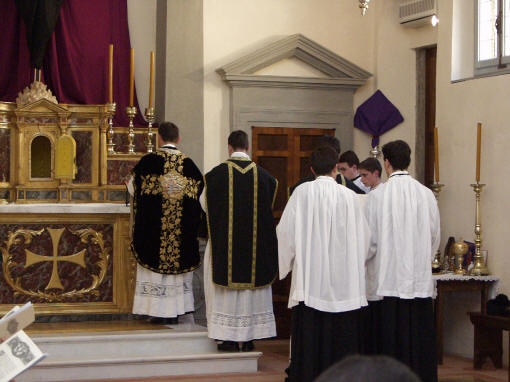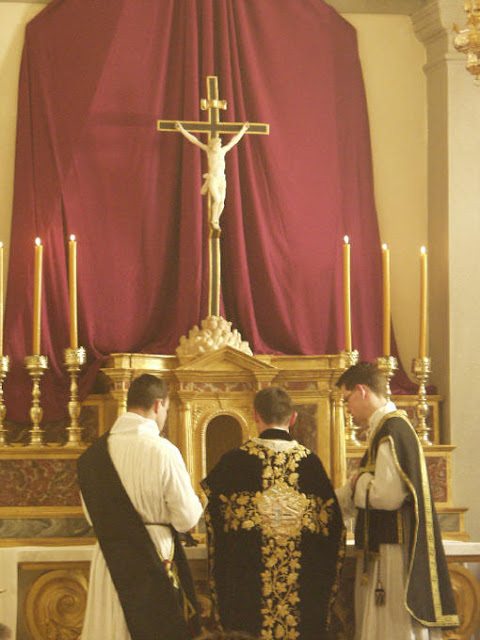 |
| Barolo source: Forbes.com |
These days there is neither morning nor evening, one keen observer stated. There is only coffee time and wine time. Some of us may be home with little respite at the end of the day other than a glass of wine, that nectar which filters thoughts, reveals falsehoods, and which is incapable of lying about itself.
Many people like wine and dislike wine culture. I am among them. Wine, as with Holy Writ and theology, is a double edged sword: the more someone knows the more he or she may enjoy something. Yet, the more someone knows the more room there is for doubt, snobbery, and loss of sincerity. One thinks of James Suckling sipping a spitting Chateau La Tour while praising it in cognates of broken French.
Wine is what economists call a Giffen good, particularly in restaurants. A Giffen good is something that people are more likely to buy the more it costs. Another example of such a product would be potatoes during the Irish famine, when price exacerbated perceived shortages and caused increased consumption. Most people do not know
about wine, although most people can tell whether something is objectively good or bad. The asymmetry of knowledge keeps people away, holed up in their familiar bottles of "Cab". This is all very unfortunate, since even a common palette can appreciate wine with a little patience.
The best wines are outrageously expensive, and that is often a fair price for them. First growth, and even some second growth, Bordeaux bottles can fetch a four figure sum without any age. The same is true of some wines of Burgundy. The best wines of Provence, Italy, Germany, Latin America, an Australia tend to be more approachable, although not freely approachable. Similarly, the worst wines are fairly priced at a few dollars. At $7 St. Michele is a reasonably reliable base for a
beurre blanc, nothing more. In the middle price range, from $15-$200, taste becomes somewhat subjective and the critics become very fallible. It is in this sweet spot where most vinophiles live.
Perfecting Tradition
We in the Latin Church have clamored over "organic development" in order to explain our support of the ancient Roman rite, the idea that the Roman liturgy as it existed prior to the mid-20th century represents the crystallization of the Church's mind, art, prayer, and Tradition until that point. Perhaps no other tradition parallels the organic development and perfection of the liturgy as well as wine.
Much like the liturgy, its essential elements are its roots. The best vines are the oldest, although not for obvious reasons. Older vines' roots extend deeper into the ground, acquiring more the taste of the terroir and not becoming overly saturated with water, which produces a larger grape with a diluted taste. The roots are the essentials of wine, and that which isn't well rooted is more generic, bland, and uninteresting.
The roots mean the winemaker is merely a custodian and the viticulturalist's laborious work nurtures what he is already given. This is not to say the roots do not decline or that the tradition does not require adjustment, but it does mean that active tinkering or "perfecting" is discordant with the conservative, passive aspect of making wine.
Wine has changed considerably since ancient times. Most of what we think of as wine dates to the 19th century, but the "roots" go back considerably further. Many of the great wine growing regions of Italy, Spain, Portugal, and France were used by the Romans for the same purpose that they are today. Romans valued Greek (!) wine and imported it at great cost, although it perhaps reflects the Romans' affinity for all things Greek rather than the Hellenic nectar's actual worth. Ancient wine was strong, acidic, and always cut with water to make it more approachable. This practice, still visible in the Mass as the union of Christ's divinity and our humanity, had the added bonus of disinfecting water from common wells.
Nothing has had as much influence on the development of wine as the Mass. Prior to medieval Christianity wine was a generic, albeit desirable drink almost always of regional notoriety. Monastic production of wine and the desire of laymen to produce something worthy of the altar changed wine into something separate, something good. Drinkers held back the water and producers aspired to make something useful for the Church while incidentally making a potable for all people.
Until the last few centuries wine was always blended. Many of the great Old World wines are still blended, however in a very different manner than it was then. While today's Bordeaux generally mixes Cabernet Sauvignon, Merlot, and Cabernet Franc in some combination, it was once a blend of red and white grapes. The Chateau Lafitte praised by Thomas Jefferson would have been light pink, soft in tannins, and gentle to taste.
The wealthy drank the elegant blends of whatever the region grew best. The common folk, like us, mulled their wine in the winter—another practice which still survives in many homes around Christmas—with popular spices. They drank it in much the same way as prior generations of Americans consumed soda. One dietary historian speculated that medieval persons drank 1-1.5 litres of wine a day (~a quart to half a gallon for those of us who hate the metric system).
Then came a great disruption to tradition. Phylloxera was wine's Reformation. These little lice ate away at the old vines, killing off much of what was considered worthy for wine. Then came a viticultural miracle worker, an American who discovered Texan vines, immune to the lousy louse, could be grafted onto the old vines or planted in old vineyards. Phylloxera washed away, leaving a wake of devastation in its wake. Vineyards that once grew red and white now picked one or the other. The master of the estate had to determine new proportions of grapes to plant, given his terroir, and blend the resultant harvest accordingly.
Much like the Mass, wine's unbroken traditional was nigh broken. By the determination of its custodians it survived in an altered state using the tools, customs, and inherited wisdom of the past. There is no magic formula to determine which grapes to grow on a certain hill or how those buds will figure into the final product. Despite controlled testing and the intrusion of a prior science into the field, the most desirable wines, irrespective of price point, are those fashioned by time.
Enjoyment
As stated above, the "taste notes" of some wine writers is nauseating and turns good people off of a good thing. Some flavors are obvious, like dark fruit in Merlot and Cabernet Sauvignon based wines or honey suckle in Sauternes. Most of what is enjoyable in good wine is ineffable, a series of succulent, momentary bursts of flavor that hit the tongue and gradual fade, leaving only tannins behind. A patient novice to wine may not know the finer points of the connoisseurs, but he will know immediately what is good, what has depth of flavor, and what is bad. Much like liturgical commentators, those who know absolutely nothing and those who know near everything are to be trusted, but pseudo-scientific midwits should be regarded with all possible suspicion.
Like all traditions, the best wine cannot be enjoyed immediately. The maceration of the grapes into a viscous liquid, the fermentation in the barrel, and the bottling merely synthesize various aspects of the the vine and place it into someone's hand. It does not make the wine ready to drink. Good wines need years to break down, come together again, and form new flavors while taking off the harsh edge of youth. An older laborer may produce a wine that will not flourish until after his death, a quiet and even selfless devotion to craft.
And like other traditions, wine has a shelf life. It does not improve forever. Most wines deteriorate after ten years. The greatest wines peak at thirty years and begin to turn to vinegar around fifty years. Even the best things are transitory and the craft must continue.
Newness
The story of "New World" wines is, again, much like that of the liturgy. Where the wheel has not been re-invented something wonderful often results. On the contrary, catering to modern tastes is usually disastrous.
Napa Valley growers plant many of the same vines known in France: Cabernet Sauvignon, Merlot, Pinot Noir, Chardonnay. With few exceptions the result is somewhat underwhelming. "Pinot" and "Cab" lose their unique taste, "Chard" becomes sweet and worthy only of loquacious women at Fourth of July parties. There is the abomination of "White Zinfandel". Still, real Zinfandel grows very well in California while it has been forgotten in southern Italy. Malbec from Latin America and Shiraz from Australia can be enchanting. Transplants need not directly imitate their origins, but they do lose something if they betray all custom to their new home.


























